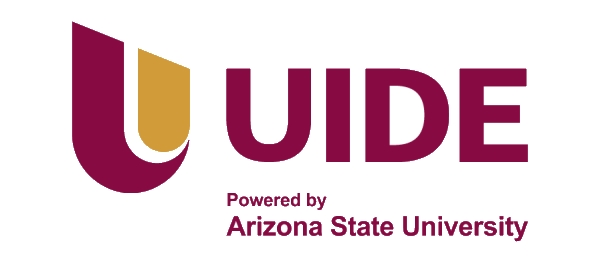
Please use this identifier to cite or link to this item:
https://repositorio.uide.edu.ec/handle/37000/3578Full metadata record
| DC Field | Value | Language |
|---|---|---|
| dc.contributor.author | Almeida, Evelyn | - |
| dc.contributor.author | Rosero, Andrea | - |
| dc.date.accessioned | 2019-05-09T21:41:17Z | - |
| dc.date.available | 2019-05-09T21:41:17Z | - |
| dc.date.issued | 2017-06-21 | - |
| dc.identifier.citation | Almeida, E., & Rosero, A. (2017). Language Analysis -A Case Study-. INNOVA Research Journal, 2(6), 52-63. https://doi.org/10.33890/innova.v2.n6.2017.187 | es |
| dc.identifier.other | https://doi.org/10.33890/innova.v2.n6.2017.187 | - |
| dc.identifier.uri | https://repositorio.uide.edu.ec/handle/37000/3578 | - |
| dc.description | The aim of this study was to analyze, the development of a second language adult learner. Pedro who was the subject of this study is A1 user according to the Common European Framework of Reference, it means that he can make an introduction and use basic greeting and leave-taking expressions. The analysis was based on an interview where the researchers focused their attention on aspects related to phonology, morphosyntax, vocabulary and pragmatics, code switching, and other anomalies. The results showed that in the participant’s speaking there are theories, methods, and concepts that are presented implicitly or explicitly. It was also found out that our participant Pedro had many first language interference errors as they were explained along the analysis. | es |
| dc.description.abstract | El objetivo de este estudio fue analizar el desarrollo de una segunda lengua en un adulto. Pedro quién fue el sujeto de este estudio es usuario de A1 de acuerdo con el Marco Común Europeo de Referencia, lo que significa que puede hacer una introducción y utilizar expresiones básicas de saludos. El análisis se basó en una entrevista donde los investigadores centraron su atención en aspectos relacionados con la fonología, la morfosintaxis, el vocabulario y la pragmática, así como también el cambio de código y otras anomalías. Los resultados mostraron que en la manera de dialogar del participante hay teorías, métodos y conceptos que se presentan implícita o explícitamente. También se descubrió que nuestro participante tenía muchos errores de interferencia en el primer idioma, como se explica a lo largo del análisis. | es |
| dc.language.iso | en | es |
| dc.publisher | INNOVA | es |
| dc.relation.ispartofseries | ISSN;2477-9024 | - |
| dc.rights | openAccess | es |
| dc.subject | análisis del lenguaje; teoría socio-cultural; adquisición del idioma | es |
| dc.subject | language analysis; socio-cultural theory; language acquisition | es |
| dc.title | Language analysis -a case study- | es |
| dc.title.alternative | Análisis del lenguaje -un estudio de caso- | es |
| dc.type | Article | es |
| Appears in Collections: | Junio | |
Files in This Item:
| File | Description | Size | Format | |
|---|---|---|---|---|
| document (4).pdf | 415.38 kB | Adobe PDF | View/Open |
Items in DSpace are protected by copyright, with all rights reserved, unless otherwise indicated.